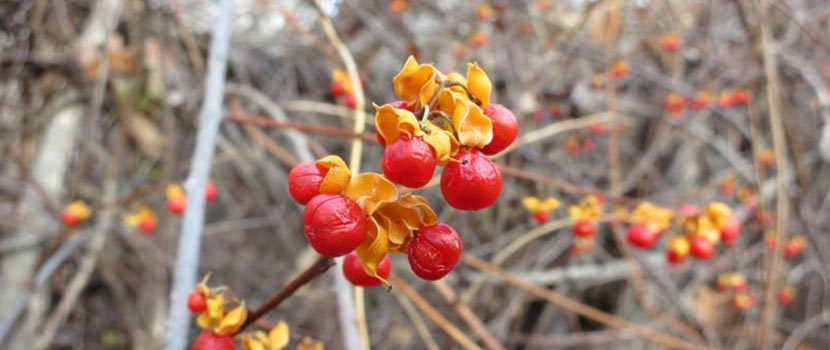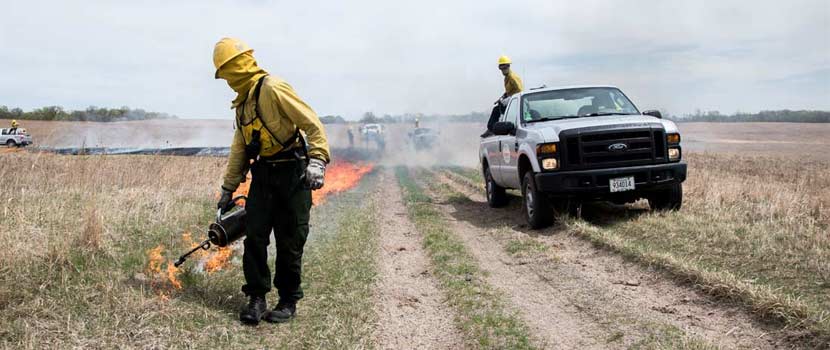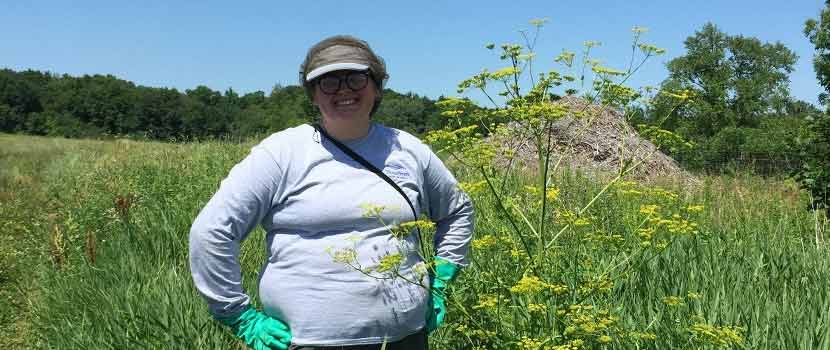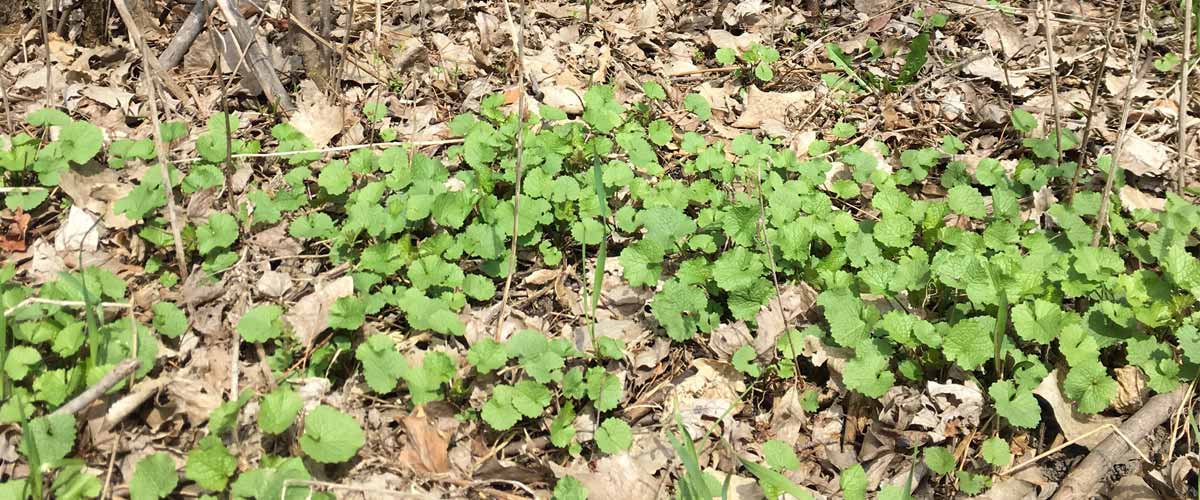
As snow melts and ice recedes we look for familiar signs of spring in nature – the strengthening sun, increased wildlife activity, swelling buds on trees and of course, my favorite, spring wildflowers. We will soon be gearing up to protect those spring beauties from another common spring sight: invasive plants in the mustard family.
A Familiar Family
Plants in the mustard family are fairly easy to spot. The group includes familiar ornamental and food plants such as candytuft, sweet alyssum, broccoli and canola.
Mustards are usually short-lived herbaceous plants with leaves that are positioned alternately on the stems. Some produce a rosette of leaves before bolting and flowering.
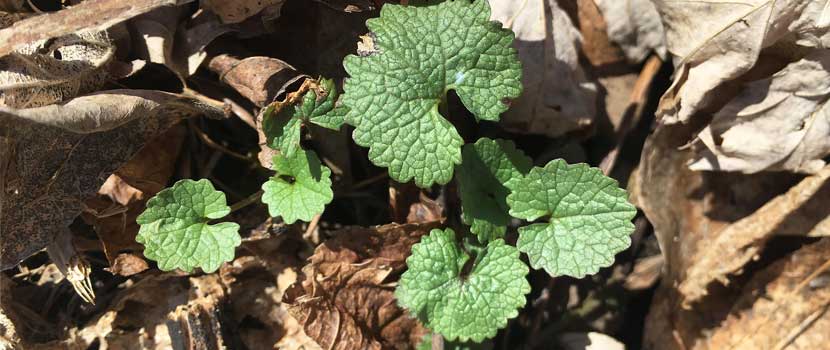
The distinctive flowers have four petals that form a cross and fruits that are pod-like in various shapes.
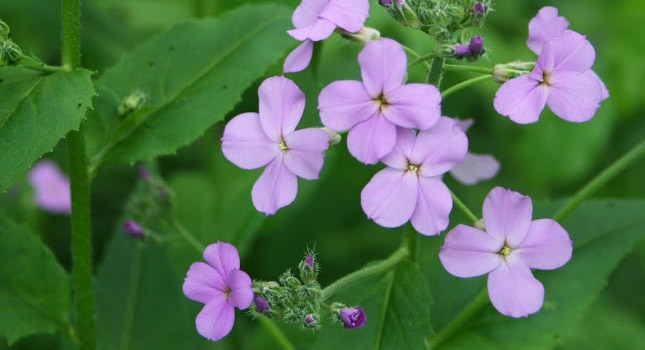
The pungent flavors many people enjoy in horseradish, wasabi and other mustards come from a class of chemical compounds that are unique to this family. These compounds can negatively impact other plants and microbes in the same environment – a complex effect called allelopathy. More on that in a bit...
Weedy vs. Invasive Mustard Plants
Mustards are well-represented in Minnesota, with around 60 species documented in the state. About half of them are introduced (non-native) and many are very common weeds.
Mustards have many characteristics that make them ”weedy”:
- They grow fast.
- They flower and set seed early.
- They often occupy disturbed sites – areas that have been highly altered by human and/or natural impacts.
A few non-native mustards like garlic mustard, narrow-leaf bittercress and dame’s rocket are invasive and can spread beyond disturbed ground and cause harm to native plant communities. Because these invasive mustards are already widespread in some Three Rivers parks, we prioritize removing them from areas with high-quality habitat.
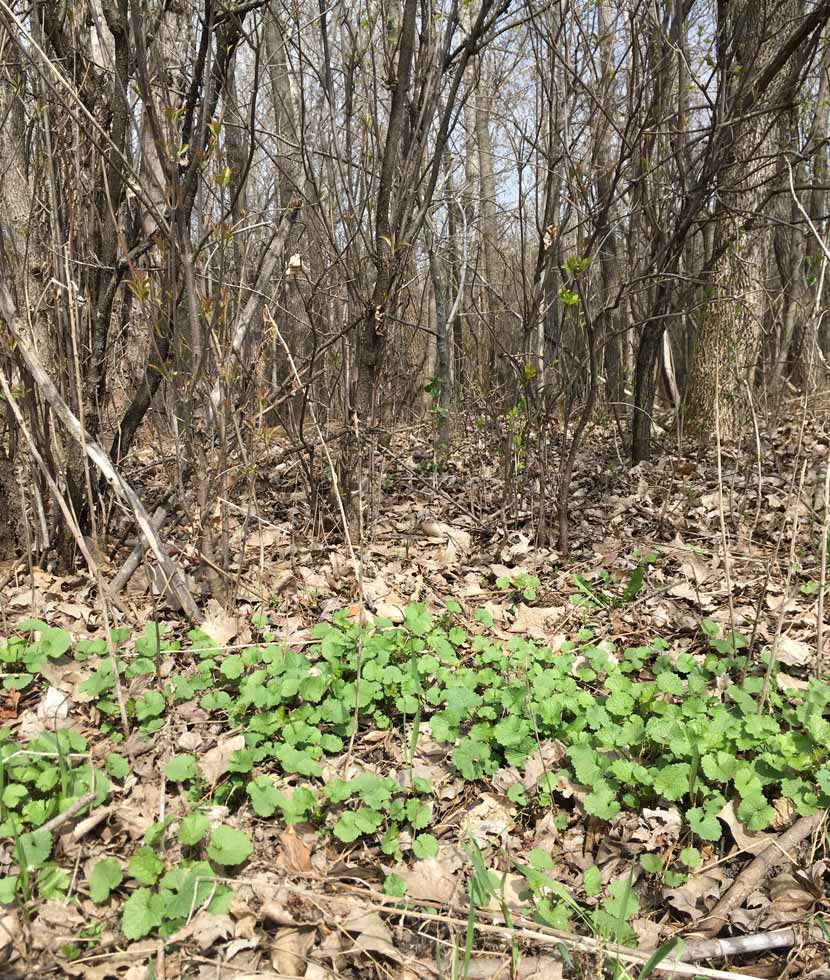
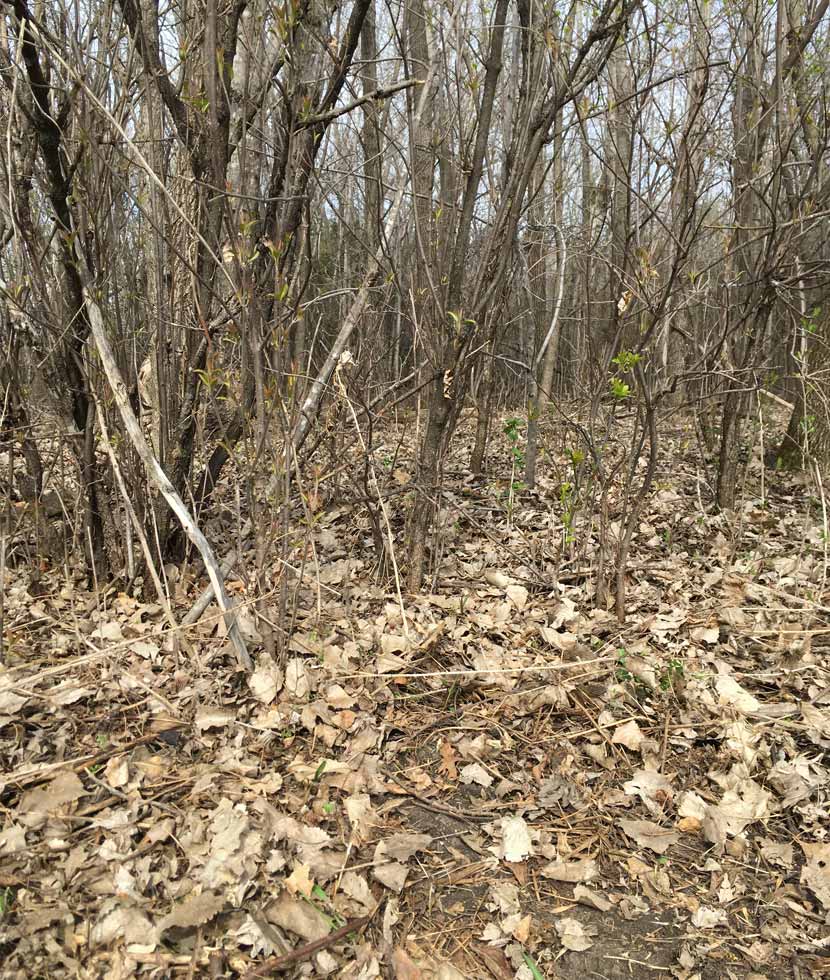
Forest Impacts
We know that certain components of the forest understory are at greater risk from invasive mustards because of their unique biology.
- Many native spring wildflowers cannot spread to new areas as quickly as invasive mustards can.
- Invasive plants escape being eaten by herbivores like deer because they don’t taste as good as native plants do.
- Because mustards have a high tolerance for disturbed soil, they are less likely to be impacted by non-native earthworm activity than native plants are.
Plants in the mustard family do not grow with fungi in their root systems as many other plants do. These mutually beneficial relationships between fungi and plant (called mycorrhizae) are very important to many forest plants, especially tree seedlings.
Remember allelopathy as described earlier? Some of the compounds mustards produce may create an allelopathic effect by suppressing the growth of these fungi or of native plants directly.
Researchers continue to study the complex interactions in forest ecosystems, and the best available science helps us refine how we manage mustards. Thoughtful removal of invasive mustards remains an important and relatively easy way to keep our forests healthy and diverse.
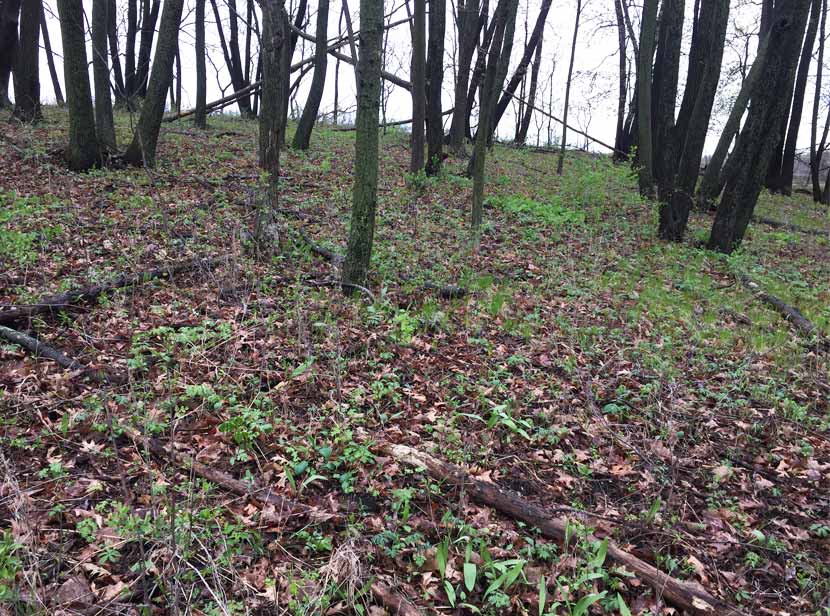
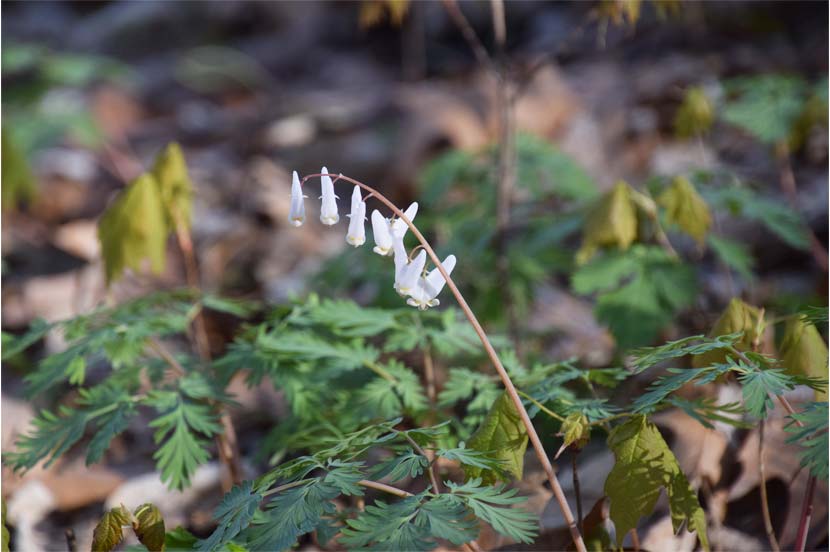
Ways To Help
You can play a role in protecting our forests. Here are a few ways you can help:
- Help with early detection by reporting small infestations to land managers.
- Be a good neighbor by removing invasive plants from your property.
- Help prevent the spread of invasives by not moving soil and seeds on your boots, clothing, gear and pets.
- Most of all, continue to support and enjoy our natural areas.
Here’s to bountiful spring wildflower viewing for many years to come!
About the Author
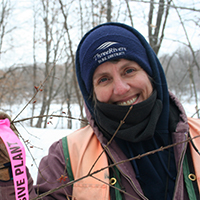
Missy Anderson is a propagation specialist at Three Rivers. Before her current role, she spent four years as the invasive species coordinator of for the park district. She has a degree in plant biology and although born and raised in Minnesota, she spent part of her career in the western United States before moving back to be closer to family. She feels lucky to work throughout the parks and with many staff and volunteers to reduce the impacts of invasive species. She enjoys all plant-related activities, especially those that involve conservation and restoration of native plants.
Related Blog Posts
Colorful Winter Vines: A Bittersweet Problem
By: Missy Anderson
Around the Twin Cities, there is a woody vine that looks similar to one of our native vines — but is highly invasive. Read on to learn why oriental bittersweet is a problem, how to distinguish it from American bittersweet and what you can do to help.
Prairie Burns: Protecting Precious Habitat with Fire
By: Erin Korsmo
Three Rivers conducts controlled burns at its prairies each spring. Learn what goes into burning a prairie and why fire is so important to preserving this special habitat.
The Wild Parsnip Problem
By: Paul Kortebein
Wild parsnip is an invasive species that can be a very real human health hazard. Learn how to identify wild parsnip and ways to prevent and slow its spread.
